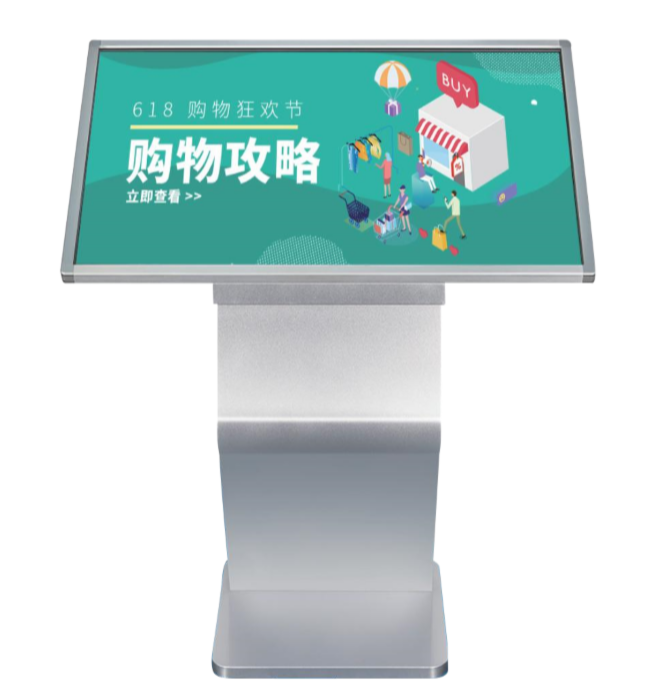Email format error
Email cannot be empty
Email already exists
6-20 characters(letters plus numbers only)
The password is inconsistent
Email format error
Email cannot be empty
Email does not exist
6-20 characters(letters plus numbers only)
The password is inconsistent

News
Here, you can describe a piece of text you want to express

Scene Binding: Defining Usage Scenarios for Digital Displays
In the world of digital signage and interactive displays, understanding and defining the usage scenario is crucial for selecting the right technology and optimizing its performance. "Scene binding" refers to aligning a display's features with its intended environment, ensuring it meets specific needs and provides the best user experience. Let’s explore how defining usage scenarios, such as "outdoor advertising kiosks" or "hospital information kiosks," can impact the choice of display technology.
1. Outdoor Advertising Kiosks
Outdoor advertising kiosks are designed to capture the attention of passersby in busy public spaces. These displays need to be highly visible in bright sunlight and resistant to harsh weather conditions. Key factors for outdoor kiosks include high brightness, weatherproof casings, and energy efficiency. The display must also be durable enough to withstand temperature fluctuations and potential vandalism. Scene binding ensures that the right display technology is chosen for the location and purpose, providing reliable performance even in challenging environments.
2. Hospital Information Kiosks
In healthcare settings, digital displays often serve as wayfinding and information tools, guiding patients and visitors through large hospital complexes. These displays need to be clear, easy to read, and user-friendly. Interactive features may be included for patients to search for departments or medical staff. In hospitals, displays must also adhere to specific standards for accessibility, ensuring that people with disabilities can easily navigate the system. By defining the usage scenario—such as a hospital kiosk—designers can ensure the displays are equipped with features like touchscreens, large fonts, and quiet operation, tailored to the environment's needs.
3. Retail Digital Signage
Retail environments demand displays that engage customers and showcase products effectively. Digital signage in stores should be visually appealing, attract attention, and provide relevant content, like product promotions or store hours. Scene binding for retail displays involves considering factors like screen size, placement (e.g., near entrances or checkout counters), and integration with other digital systems for real-time updates. By understanding the specific scenario, retailers can select displays that complement the overall shopping experience and drive customer engagement.
Conclusion
Scene binding is a vital step in optimizing the performance of digital displays. Whether it’s an outdoor advertising kiosk, a hospital information terminal, or retail signage, aligning the display's capabilities with its intended usage scenario ensures that it meets both functional and environmental requirements. By carefully considering the setting, purpose, and audience, businesses can make smarter decisions about display technology, enhancing user experience and improving overall efficiency.

